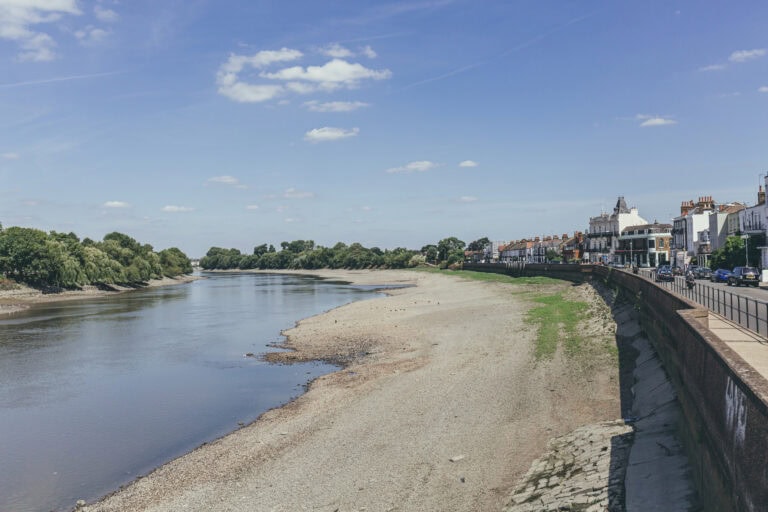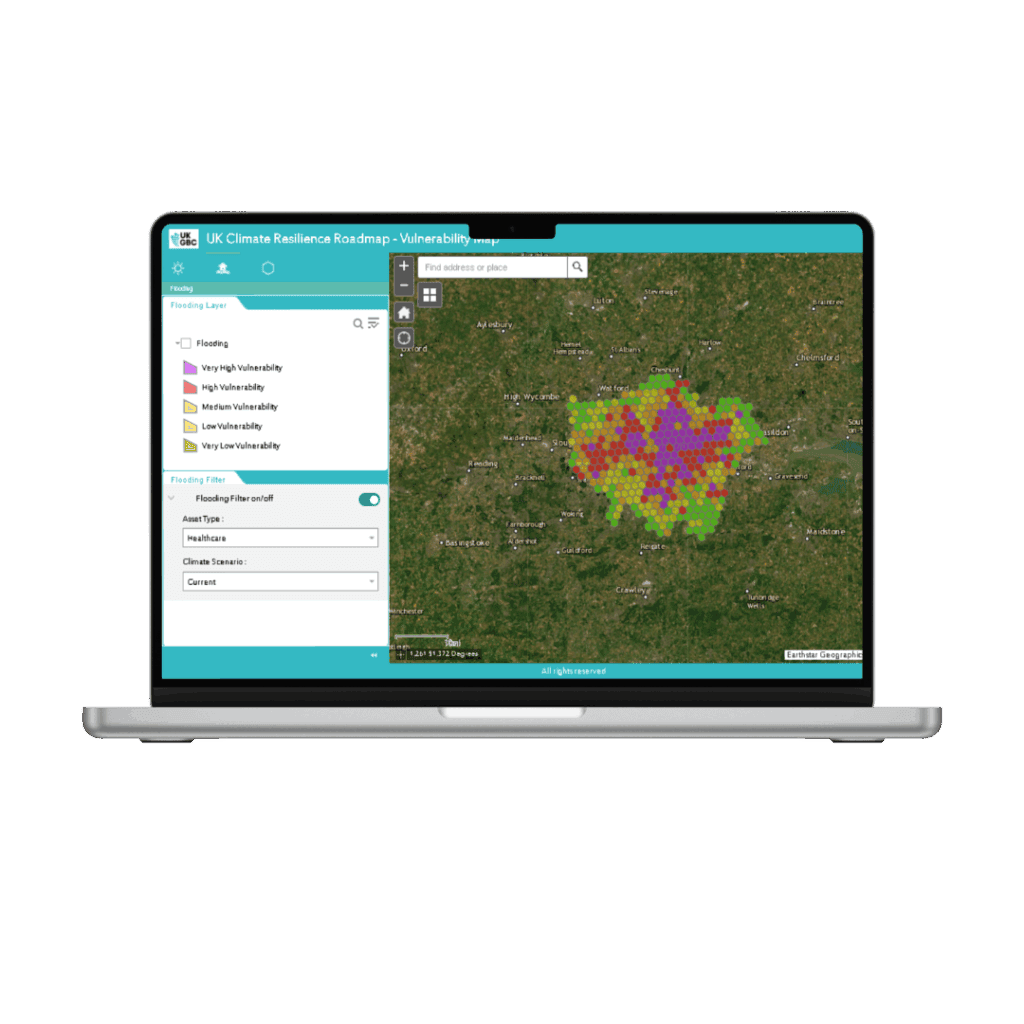How do we prepare our cities and buildings for drought?
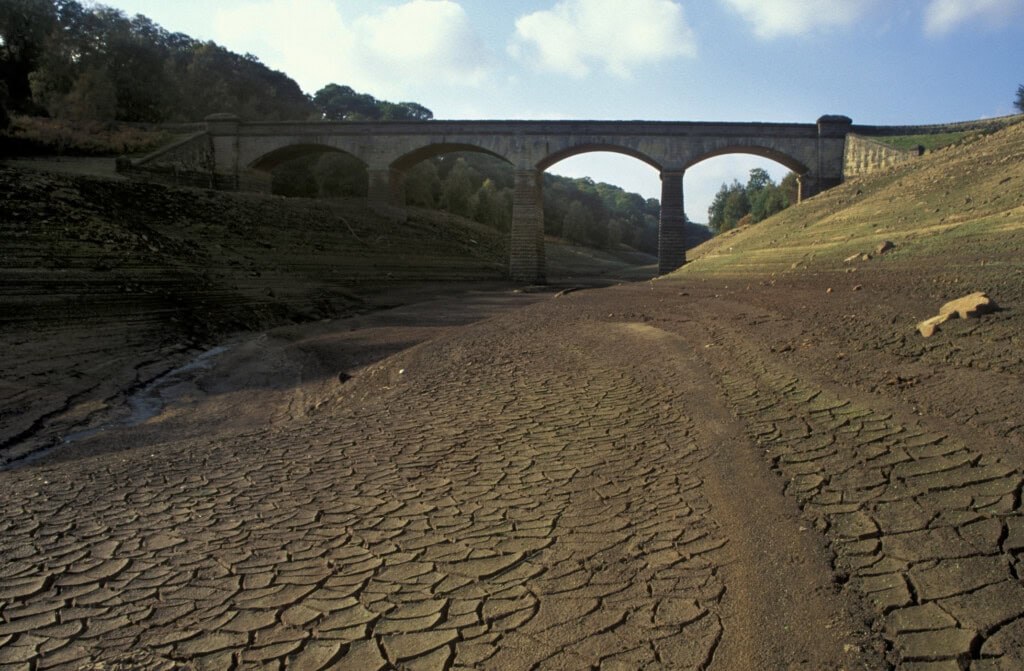
Drought and Climate Change in the UK
Historically, drought has not been an uncommon occurrence in the UK’s weather system, happening every 5 to 10 years with memorable events such as the drought of 1976 or more recently in 2022. However, climate change is making droughts not only more common, but longer and more severe. Two UK regions have already entered drought status this year, with three more regions currently in prolonged dry status. By 2050, the Environment Agency predicts there will be 10-15% less water available due to a reduction in precipitation throughout the year. In the South East of England alone it is expected that an extra 1 billion litres of water per day will need to be found to meet demand. This is partially due to increased population pressure – but also because of a lack of water security due to more frequent droughts.

What impact can drought have on our buildings and cities?
Impacts on buildings
In areas with clay soil, prolonged drought can cause the soil to dry out and this can lead to soil shrinkage. When the soil shrinks, this can lead to subsidence. This is an expensive problem for existing homes and businesses, as well as significant utility infrastructure. Drought can also make other climate change impacts worse. For example, it can increase the risk of wildfire, which in turn can lead to significant damage and even destruction of homes. And on the other hand, drought can make the earth less able to soak up rain water and make surface flooding more likely.

Drought can also make other climate change impacts worse.”
Impacts on resiliency infrastructure
In our journey to make our cities and communities more resilient to our changing climate, we’re relying a lot on nature-based solutions such as street trees, rain gardens and green space. However, if not properly maintained when drought strikes this vegetation can die back and lose its effectiveness at cooling our streets or soaking up excess surface water. This in turn makes our ability to withstand other climate events – such as heat waves or intense rainfall – much weaker. In addition, if urban plants are allowed to die back in droughts we also lose their work absorbing CO2 through photosynthesis, meaning we’re reducing our ability to take carbon out of the atmosphere. And of course, as less carbon is removed from the atmosphere, issues such as drought will just get worse.
Impacts on the community
It’s not just our physical environment that is impacted by drought, but also our communities. Drought can lead to hosepipe bans which can impact individuals ability to look after themselves and their property. On a much more severe level, water shortages or rationing in the worst instance can lead to issues of hygiene and health – especially in hot weather. Outside of an individual home, drought can lead to negative impacts on our agriculture, resulting in lower food output and higher prices, or even some food shortages. All of these impacts are most likely to affect more vulnerable households who do not have the ability to pay for or otherwise access the resources they need.
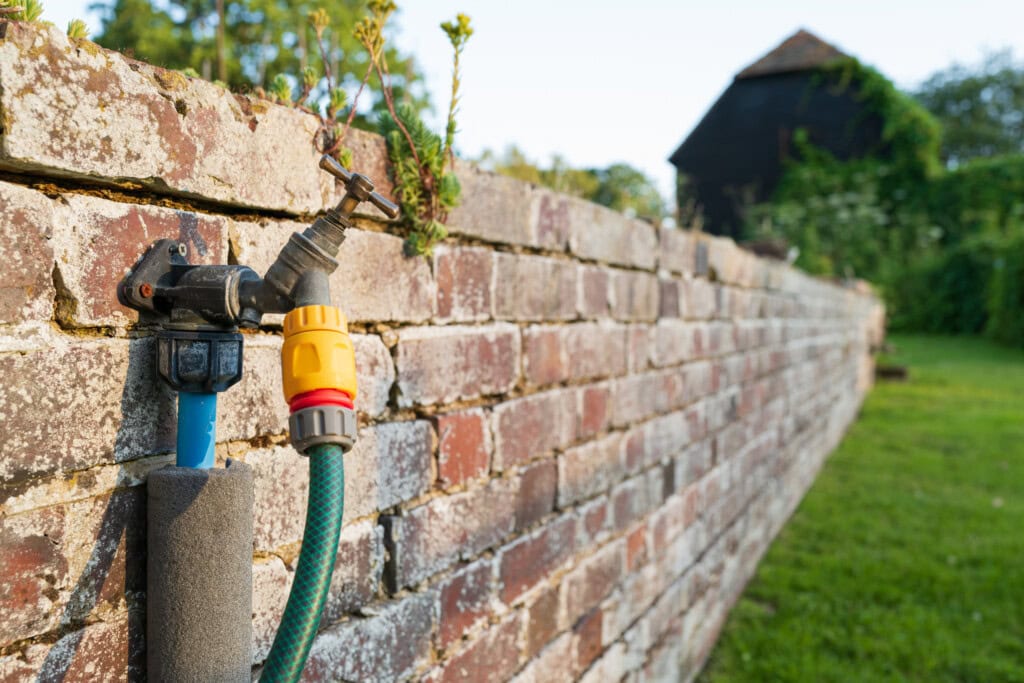
What should the built environment do to prepare for drought?
Implement grey water recycling or rain water harvesting
Whether on a building or system-wide level, our built environment should implement grey water recycling. Although not always feasible, this can prevent water that is clean enough to reuse from being wasted. This can look like water from handwashing or washing machines being used for toilet flushing, cooling systems or irrigation. On the other hand, individual buildings should also look into opportunities for rain water harvesting – whether that’s with a simple water butt for watering a garden, or a more complex system that uses rainwater to flush toilets.
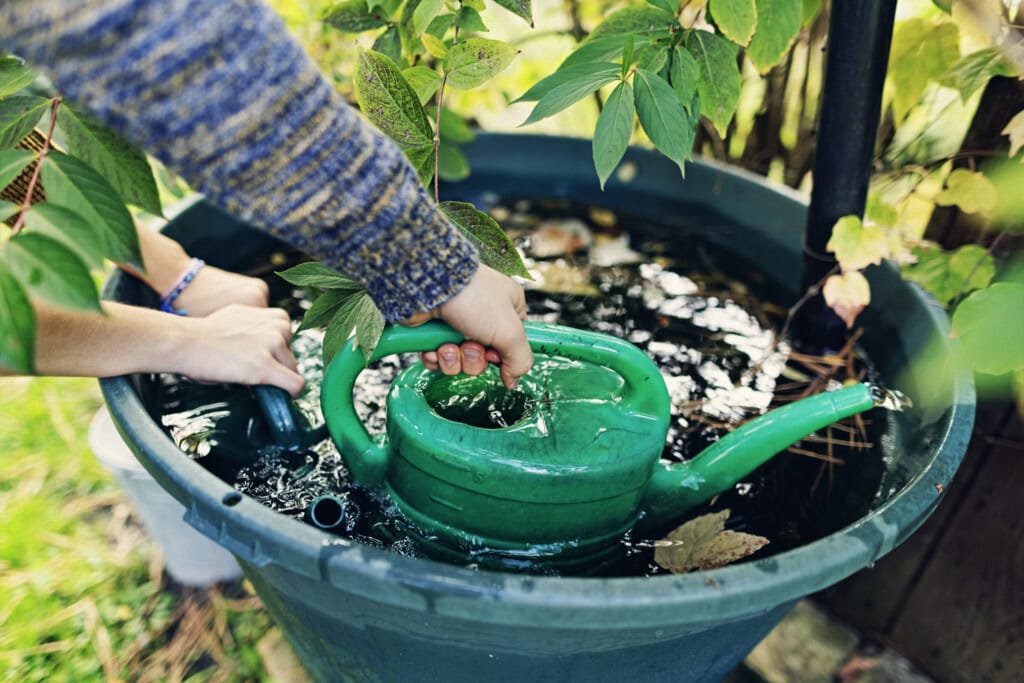
Lower the water need both on and off site
It’s crucial that built environment professionals put the circular economy front and centre.”
A simple way for building owners to increase the resiliency of the built environment to drought is by using water efficient fixtures and fittings on site. This can be anything from reduced flow showers and taps to washing machines and dishwashers that use less water per load. When thinking about off-site water, it’s crucial that built environment professionals put the circular economy front and centre. Many materials, like aluminium and iron, use lots of freshwater in either their mining or manufacture. Reducing the amount of new materials a development uses, will inevitable reduce the amount of water needed from the system overall.
Landscape for drier weather
As we face drier summers, it’s also important for the built environment to consider reimagining landscaping so that it is more resilient and needs less irrigation. This can often look like removing grass lawns in favour of drought resilient plants, or adopting common gardening practices like increasing mulch or other ground cover plants to reduce water loss from the soil. The less maintenance green spaces need in our built environment, the more likely they are to be successful and continue providing social and environmental benefits for the community.
What is UKGBC doing about drought in the UK?
UKGBC has long been concerned about the impact of drought on our built environment, and focussed on drought as one of five key climate impacts in our recent UK Climate Resilience Roadmap. We worked with a range of UK experts to create key recommendations as to how we can make our built environment more resilient to drought and explored how connected droughts are to other climate impacts in a complicated climate system. We continue to advocate for policies that promote resiliency in the face of drought and provide a range of resources to generally help built environment professionals create the resilient towns and cities we need.

Related
Storms, climate change and how we make our cities resilient
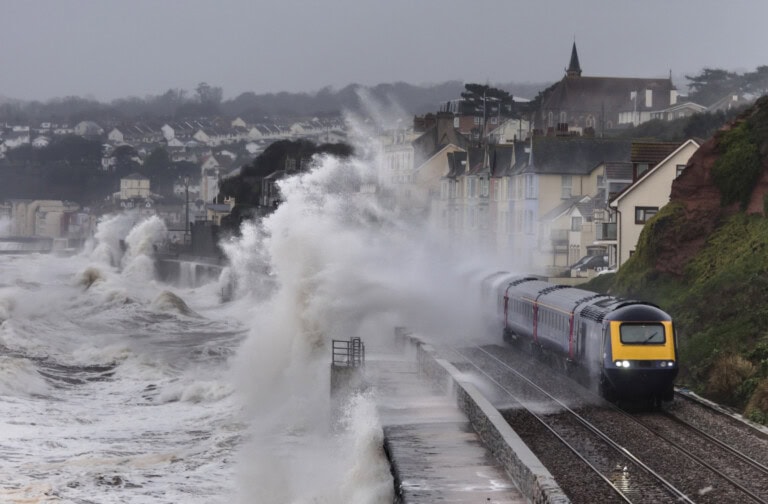
How do you create a Flood Resilient City?
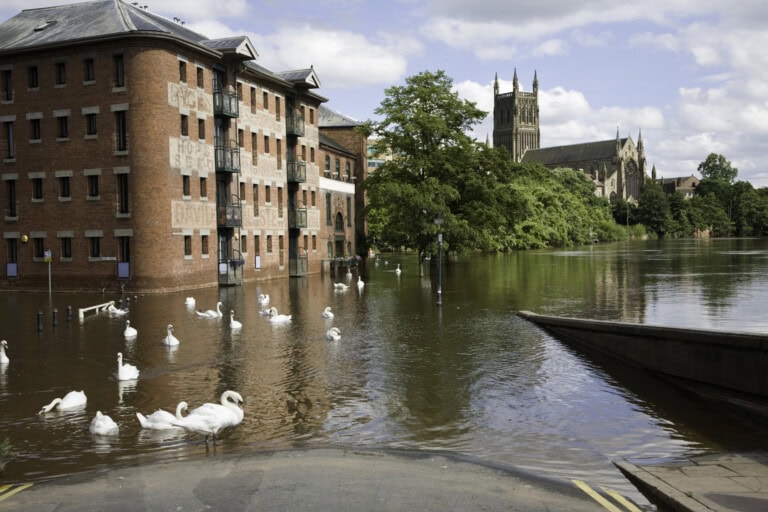
UKGBC reacts to drought announcement
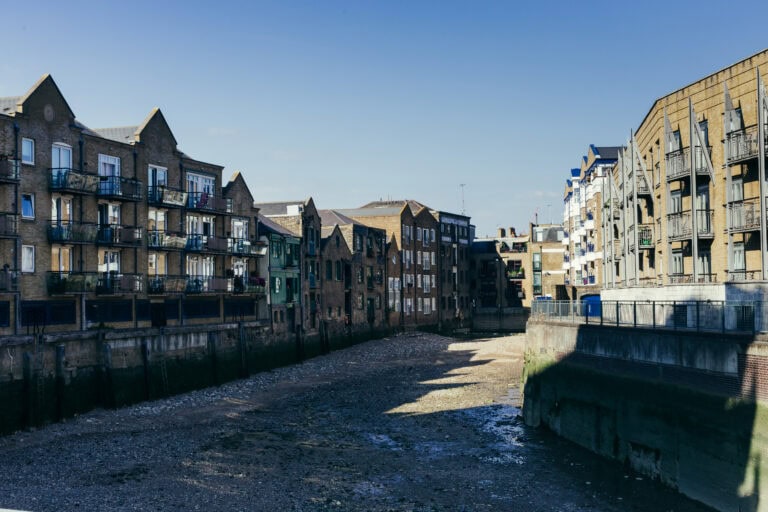
What does the dry weather mean for the built environment?
